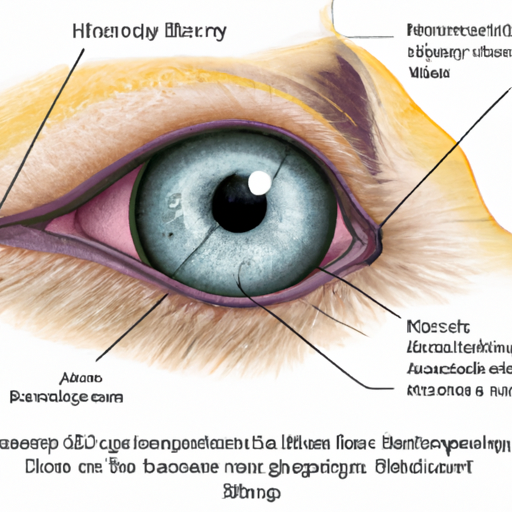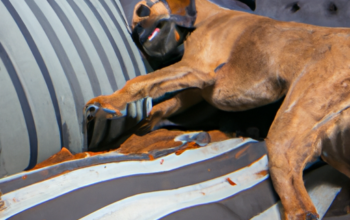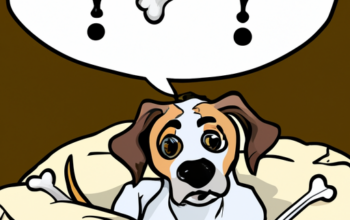Understanding Your Dog’s Eyes
As a caregiver to your beloved pet, you’re probably familiar with the joy that lights up your dog’s eyes when you walk through the door. But have you ever stopped to ponder the fascinating biology behind those adorable eyes? Dogs, like humans, have eyelids. But here’s where it gets interesting: Dogs actually have three eyelids.
Why three, you might wonder? Well, let’s explore this a bit further.
The Three Eyelids of Dogs
Yes, you read that right. Dogs have not one, not two, but three eyelids. Here’s a breakdown:
- Upper Eyelid: Just like in humans, this lid closes when your dog blinks or sleeps.
- Lower Eyelid: This lid works in tandem with the upper eyelid to protect and moisturize your dog’s eyes.
- Third Eyelid: Also known as the ‘haw’ or ‘nictitating membrane’, this hidden lid provides extra protection and hydration.
The third eyelid is usually unseen unless your dog’s eye is injured or if they’re in deep sleep.
Why the Third Eyelid is Important
The third eyelid plays a crucial role in your dog’s eye health:
- Protection: It acts like a windshield wiper, sweeping across the cornea to remove dust and debris.
- Lubrication: It secretes a special type of mucus that keeps your dog’s eyes moist.
- Immunity: It contains lymphoid tissue (similar to the tonsils in humans) that produce antibodies to fight off infections.
| Eyelid | Function |
|---|---|
| Upper Eyelid | Blinking, Sleeping |
| Lower Eyelid | Protecting, Moisturizing |
| Third Eyelid | Protecting, Lubricating, Immunity |
Identifying Problems with Your Dog’s Eyelids
As a dedicated pet parent, you should always be on the lookout for signs of eyelid issues, including:
- Excessive blinking or squinting
- Redness or swelling
- Visible third eyelid
- Discharge or tearing
If your dog is exhibiting any of these symptoms, it’s best to schedule an appointment with your vet promptly.
FAQ
Q: How can I keep my dog’s eyes healthy?
A: Keep their face clean, avoid trauma to the eyes, and schedule regular vet check-ups.
Q: What breeds are prone to eyelid issues?
A: Breeds with prominent eyes like Bulldogs, Pugs, and Shih Tzus are more prone to eyelid issues.
Q: Can I see my dog’s third eyelid?
A: Usually, the third eyelid is only visible when your dog is in deep sleep or if there is an issue with their eye.
Q: How do I know if my dog has an eye infection?
A: Look for signs like redness, discharge, or your dog rubbing their eye. If in doubt, always consult your vet.
Remember, you are the first line of defense when it comes to your pet’s health. Being attentive to the details, like the number of eyelids your dog has, can ensure they continue to see the world with bright, healthy eyes.



